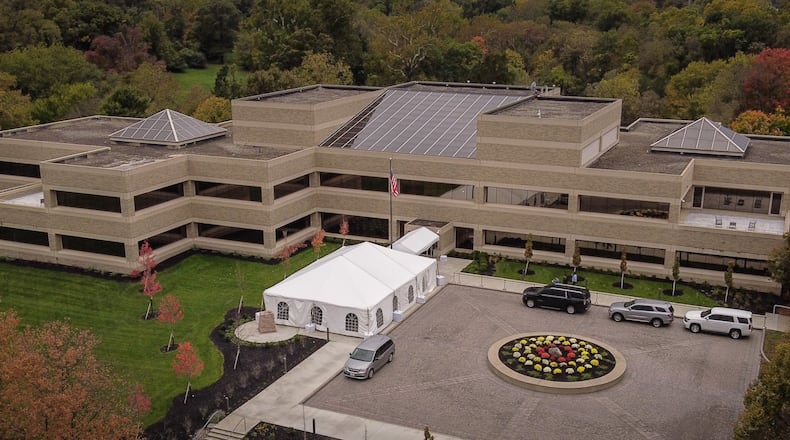Customers can also submit comments online at www.PUCO.ohio.gov or by mail, addressed to 180 E. Broad St., Columbus, OH 43215. Comments should include the case number 20-1651-EL-AIR.
The PUCO previously held two in-person public hearings on Sept. 17 and 28 in Dayton.
Keelie Gustin, chief policy officer of the Miami Valley Community Action Partnership, recently testified to her concerns about the proposed increase, saying that Dayton-area consumers are already “suffering.”
“To ask for a rate increase at this time in light of the economic impact that continues as we work through the COVID-19 pandemic and the Delta variants and subsequent variants that we know will be falling down the lane here shortly, our customers are still suffering and these are ... only the folks that we know about,” Gustin testified before the PUCO Sept. 28.
AES Ohio has said it has the lowest residential rates across Ohio’s investor-owned utilities and among the lowest residential rates in the country.
A PUCO staff report has recommended reducing the annual revenue requested by AES Ohio by nearly half — from $120,771,561 to a range between $61,115,418 and $66,665,151.
If the commission passes what PUCO staff has recommended, a customer using 750 kilowatt-hours a month would see a 5.47% increase in their bill. The increase sought by AES Ohio — formerly Dayton Power & Light (DP&L) — would have amounted to a 14.3% increase.
One kilowatt-hour is enough to watch TV for 10 hours or run a vacuum cleaner for an hour.
A PUCO staff report is not final. The commission is expected to make a ruling after the hearing. An evidentiary hearing will be held virtually beginning Dec. 7, at 10 a.m.
AES Ohio/DP&L had its last distribution rate case in 2015.
The Office of the Ohio Consumer’s Counsel filed last summer to dismiss the utility’s application to raise rates.
The office argued that AES Ohio is prohibited from increasing base rates because it agreed to freeze base distribution rates in a 2009 PUCO-approved settlement.
The office argued that DP&L signed a settlement agreeing to a rate freeze for the duration of its “electric security plan,” called “ESP 1.”
“DP&L has gotten far more from consumers than it ever bargained for,” the office said in an Aug. 5 filing with PUCO. “Now, for once, it is time for consumers to get what they bargained for under the DP&L settlement: a freeze on DP&L’s base rates while ESP 1 is in effect. The PUCO should enforce the rate freeze. The way to do that is by denying the application and dismissing this case with prejudice for the duration of ESP 1.”
About the Author

